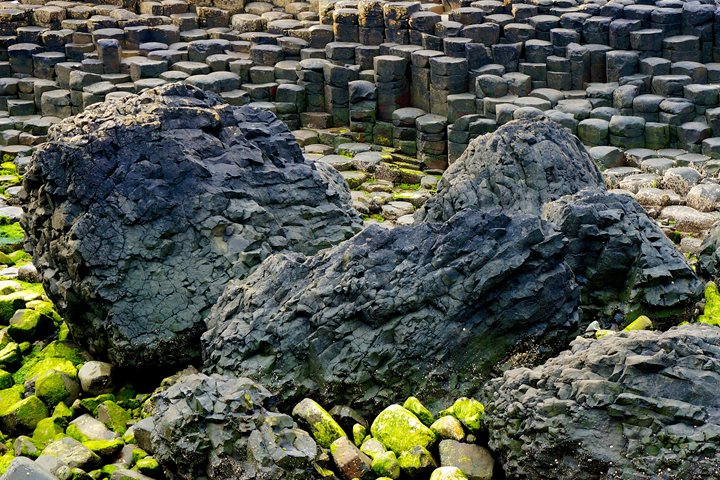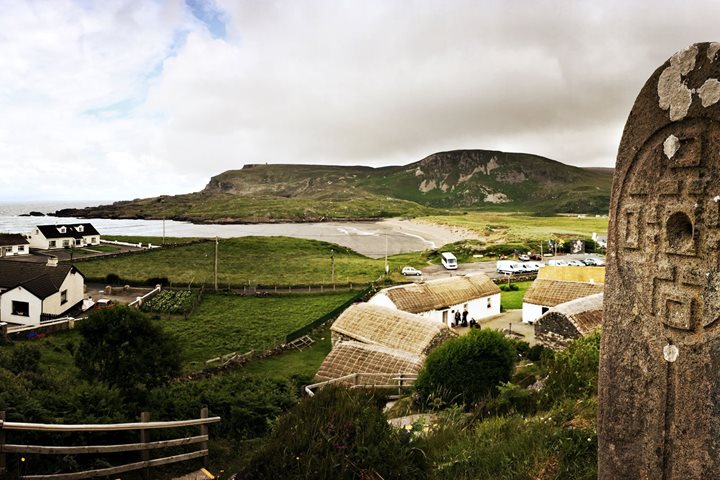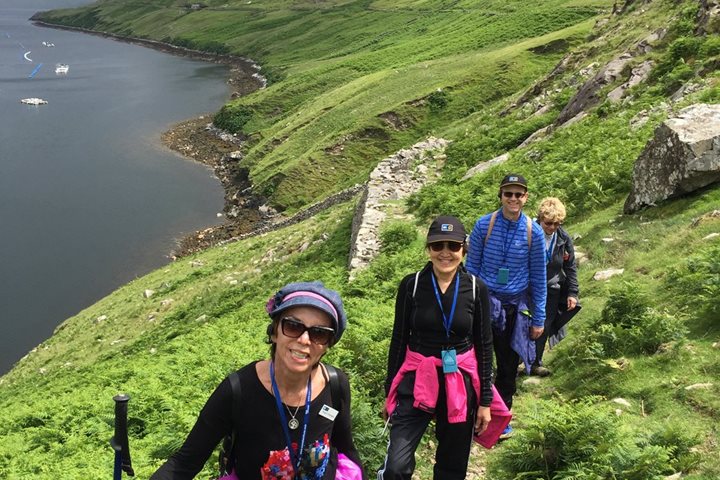The Aran archipelago forms a glistening necklace across the entrance to Galway Bay midway along Ireland’s magnificent Atlantic coast. To the modern traveller it is regarded as an outpost, remote from metropolitan centres, where an old language and associated customs survive quaintly, readily marketed to a steady stream of seasonal tourists. Those tourists follow in the wake of Romantic travellers and Gaelic Revival enthusiasts who between them gave birth to a remarkable literature in English which has drawn from a deep well of insular Irish language culture reaching back for centuries. The playwright Synge, the novelist Liam Flaherty, the contemporary cultural topographer Tim Robinson all used this small archipelago as their muse.
Our morning excursion on Inis Mor, the largest of the islands, saw us following local guides to make an ascent of Dun Aonghasa, one of the most magnificently situated of any of the Irish National Monuments. We were impressed by the karst landscape, limestone klints and grykes that had been fashioned into a patchwork quilt of walled enclosure that had supported an island population with pasture and crops. Archaeological work at Dun Aonghasa has revealed multiple layers of settlement going back into prehistoric times. The walled enclosure is traditionally classified as an Iron Age hill-fort, with an impressive chevaux de frise feature that here seems to have been constructed more as a mark of status than as a defensive feature. Other interpretations of an intriguing site suggest a ritual use of space, a temple rather than a fort.
In the late afternoon we cruised along the cliffs of Moher, rising in places to over 700 feet. These cliffs are on the Atlantic coast of the Irish mainland, the layered strata of sandstone and shale providing ideal nesting ledges for some 30,000 guillemots, razorbills and kittiwakes, one of the largest such concentrations in northern Europe. Light conditions were perfect for viewing and photography making for a memorable midsummer experience on our Irish adventure.









